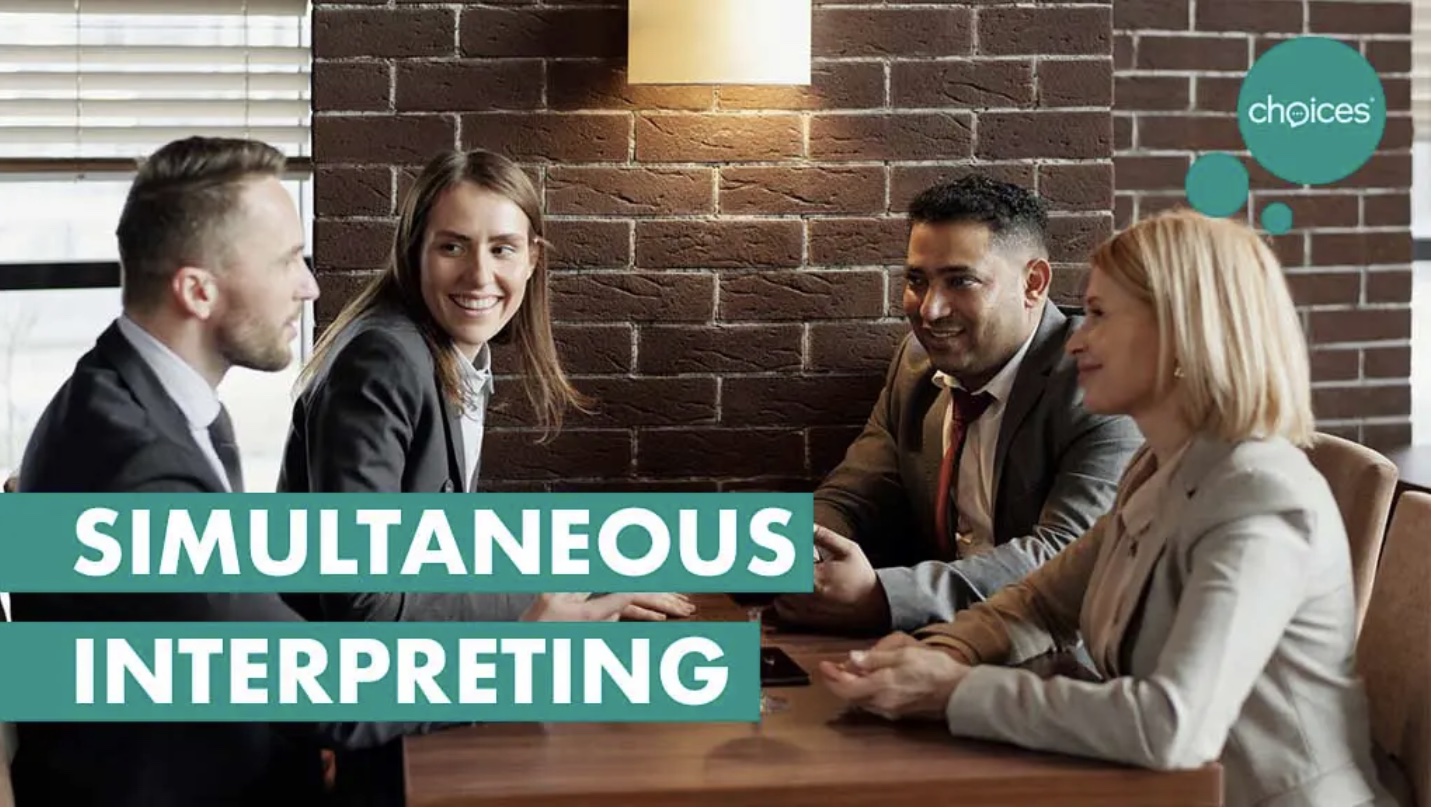is it rightly considered to be the most difficult?
Currently, simultaneous interpreting is gaining in popularity. The world is constantly developing with numerous meetings of people from all over the world and from different cultures at huge events, creating the need for an interpreter. A translator is the solution, but with the high demands and long period of preparation to become one, most people are discouraged from joining this profession. But, why not give it a try? Simultaneous interpreting – what is it actually?
Have you ever heard about this kind of translation? Maybe you are just wondering what it really is? Simultaneous interpreting (from Latin simultaneus = simultane) is a type of translation in which a statement is interpreted continuously without interrupting the speaker. Now you know why it“s called simultaneous or concurrent. When interpreting, it is very important to convey the content of the speech in the most understandable form, but not as important to choose the most precise equivalent of the translated sentence or word.
There are two types of simultaneous translation:
Simultaneous interpreting with electronic equipment – this method is used when the speakers speak into microphones, then the interpreters listen through headphones and speak the interpreted text into the microphones. The target language audio reaches the audience through their own personal headsets.
Whispered interpreting – simultaneous interpreting without equipment. It works very similarly, but without the use of microphones and headphones. An interpreter sits next to the person that does not understand the source language and whispers the translation into their ear.
Difficulties of simultaneous translation
Factors that may hinder the work of the interpreter are: a significant speech impediment in the speaker, making it difficult to convey information to the audience, unexpected changes in the topics of speeches, defective equipment, and the difference in grammar between the source and target language. It is also very important to note that the simultaneous interpreter MUST hear his/her own voice, because if he/she does not, he/she starts to speak nonsensically. Try this out by plugging your ears and recording what you say. Another obstacle may be conferences where the participants and the speaker have more knowledge on the topic in question than the interpreter does, and where very specialized topics, e.g. medical or technical, are discussed. There may also be a situation in which, for example, an interpreter translates the conversation between the doctor (in most cases he has more advanced and sophisticated vocabulary) and the patient. Then, the translator has to adapt the appropriate vocabulary to the appropriate person.
choices® is the only vendor in the language services industry that holistically addresses the needs of its partners and clients. Whether it“s language learning, training, translation (including audiovisual), transcription, film subtitling, proofreading, or complex multimedia projects where languages constitute a major player, we“re here to help. We have been successfully delivering our superb quality services since 2015 and always look forward to complex challenges and outside-the-box projects where we can put our novel and innovative solutions to use.
Contact
choices
Łukasz Pakuła
Katowicka 85a 5
61-131 Poznan
Phone: 501357697
E-Mail: lukasz@choices.com.pl
Url: http://www.choices.com.pl
Die Bildrechte liegen bei dem Verfasser der Mitteilung.






